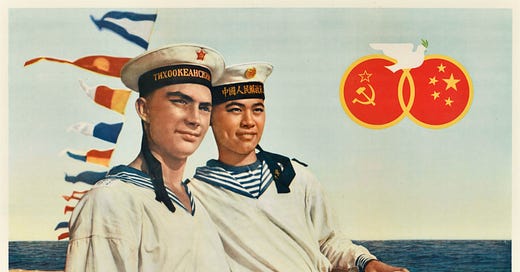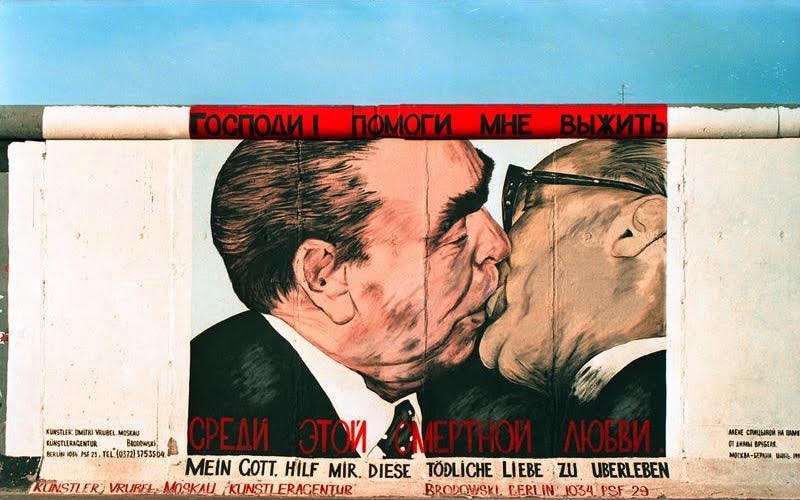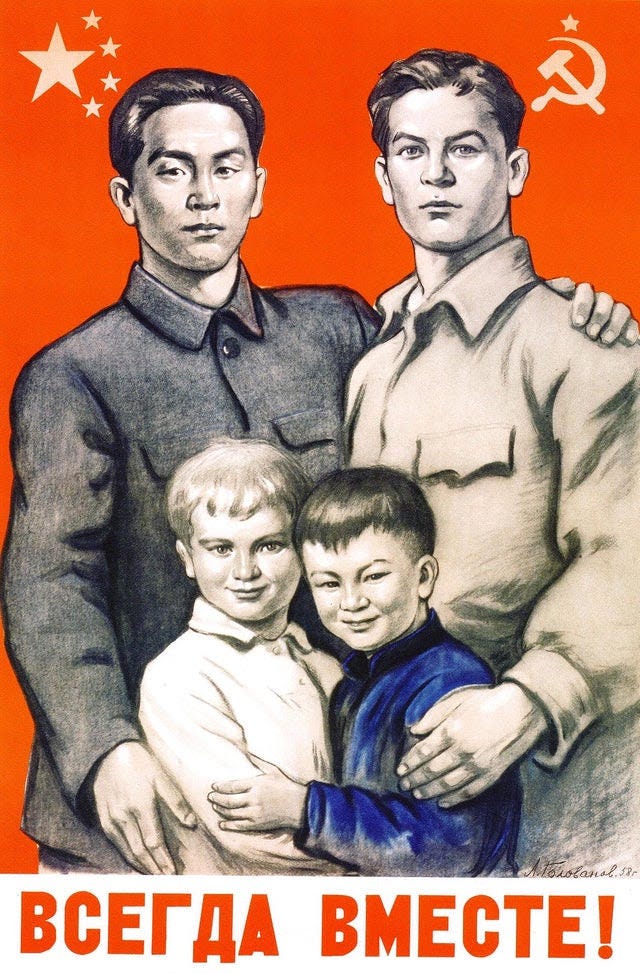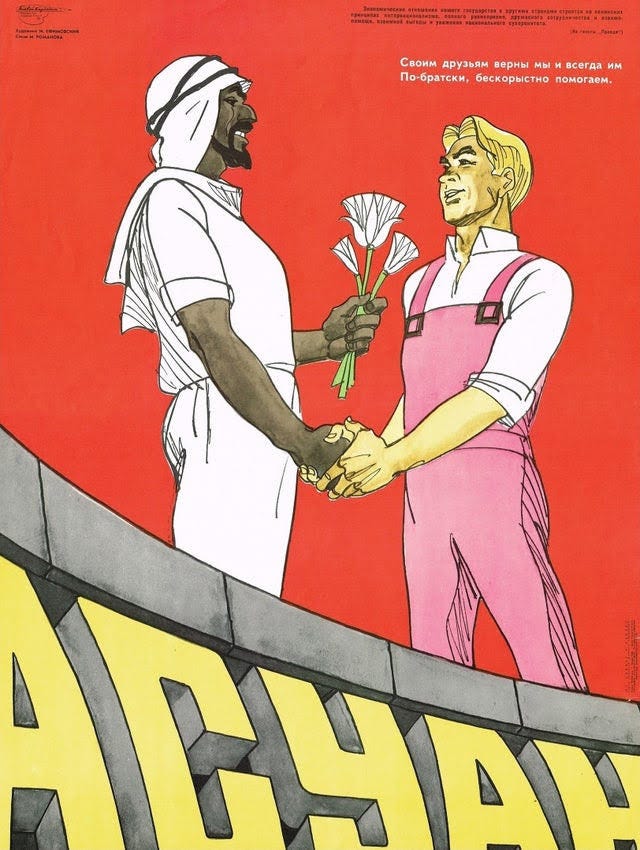Hi everyone,
Sorry for the absence. To be blunt, I took a nasty fall on the ice last month and fractured my vertebrae, and, well, it sucked. One rural ambulance ride and many weeks avoiding heavy lifting—both physical and mental—later, I now have a chic cyberpunk back-brace and am somewhat back in commission.
Since we last talked, I helped launched a new project to promote and fund emerging Detroit creators with Kickstarter and Design Core Detroit. If you live in the Detroit area, you can now apply for the Detroit Design Incubator, a program powered by Detroit Month of Design to support homegrown creativity. (ICYMI: Detroit is the only U.S. city designated a UNESCO City of Design and was once the “cradle of American modernist design” and a muse to legendary creators such as Eames, Knoll, and Saarinen.)
The program will select six designers, emphasizing empowering women and POC, to meet and develop ideas over four months. The selection committee includes Adrian Tonon (24-Hour Economy Ambassador, City of Detroit), Laura Hughes (MOCAD - Museum of Contemporary Art Detroit), and several leading Detroit-based design professionals, with workshops led by yours truly. Check out and apply here.
What I Wrote
My God, Help Me to Survive This Deadly Love by Dmitri Vrubel. 1990.
Last month for Eye on Design I explored queerness in Communist propaganda posters.
Inspired by The Gay Agenda: Homoeroticism in Communist Propaganda, an online discussion between film historian Bader AlAwadhi, designer Zipeng Zhu, and Angelina Lippert, Chief Curator at the Poster House museum, I researched how, through graphic design, the visual architects of Communism may have either accidentally or intentionally normalized and even idealized queerness:
“So many Communist propaganda posters feature men holding hands, kissing, or clutching each other in a passionate embrace—all to symbolize the great bond between men of different cultural backgrounds unified under Communism. But what if the artists behind these posters were just creating the least-subtle depictions of a gay utopia?”
USSR_China, L. Golovanov, 1958
USSR, Joseph Efimovsky, 1964
We go deep into it, but I’ll let you read our conclusions here.
And for Core77, I wrote about hanging a sun on your windowsill, the speakers giving new life to Britain’s recycled e-bike batteries, and how designer Nelli Kim’s battle with cancer led her to create high-fashion footwear that heals.
Read on
Author Rachel Kushner discusses the beloved family bus she once called home.
Dive into the Punk Planet archives.
The secret early history of queer families.
Preserving the magic of coastal Norway.
See
The Moroccan city that was once a painter’s paradise.
A voyeuristic peak into NYC’s most eclectic apartments.
A 3D printed pen that can draw real, edible candy.
Chinatown’s most stylish seniors.
Support
Rooted, an exploration of race, justice, and food through the eyes of urban agriculturist Germaine Jenkins as she attempts to save her cooperative farm plot.
Slow Factory’s open-access, equity-centered education for the real world.
Accra’s first skate park.
Arinzechukwu Patrick for The Face
Islands in the Stream
Meeting The Man: James Baldwin in Paris.
Get to know the chaotic energy and intoxicating magic of Eastern European surrealist filmmaker Emir Kusturica.
Artist Naomi Okubo on Japan, fashion and identity.
Have an upcoming project, story, or launch? HMU at slowghost@substack.com.
Want to support the work we’re doing? Become a paid member and make my day.
Slow Ghost is a newsletter covering creativity now, brought to you by writer and editor Laura Feinstein. Newsletter logo by Tyler Lafreniere.










